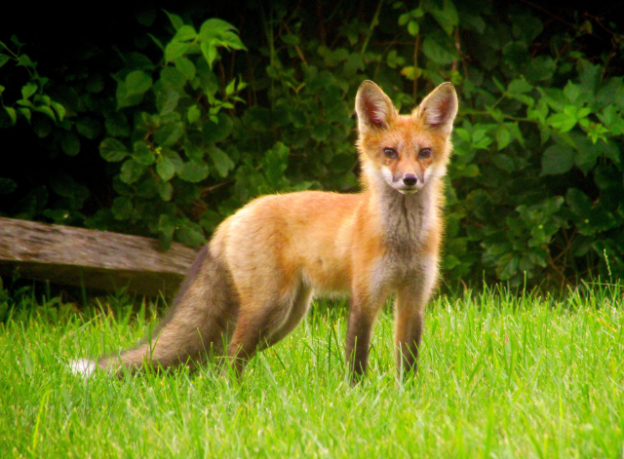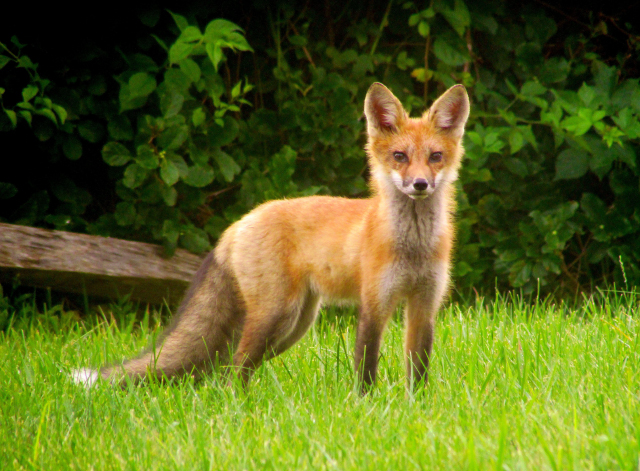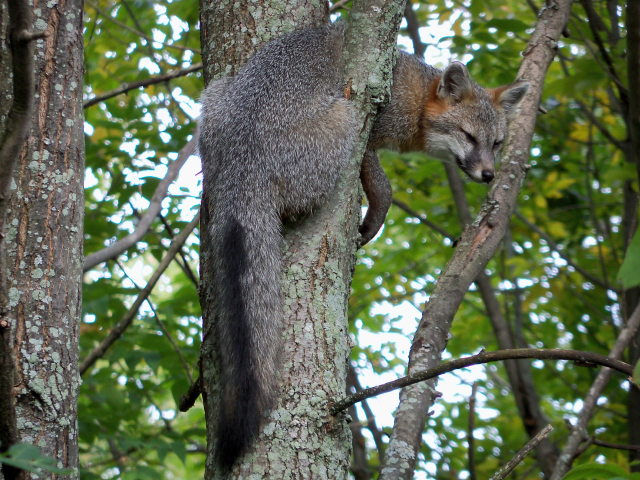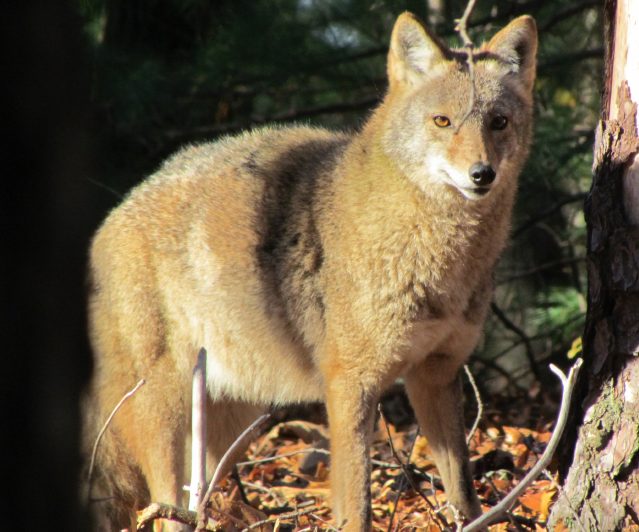There are endless wonders off the Massachusetts coast for adventurous photographers. Here are some great ocean shots from our past Photo Contests.
Coming soon: the results of our 2014 Photo Contest. Stay tuned!

There are endless wonders off the Massachusetts coast for adventurous photographers. Here are some great ocean shots from our past Photo Contests.
Coming soon: the results of our 2014 Photo Contest. Stay tuned!

Most of us only ever catch fleeting glimpses of coyotes or foxes, and these brief encounters can leave us wondering what species we saw. Besides the domestic dog, our state hosts three members of the family Canidae, a word that comes from the Latin word for dog, “canis.” Here’s a primer on wild canines in the Commonwealth.

(c) Colleen Bruso
Of the three species, this is the one you’re most likely to see. A highly adaptable animal, it’s found across much of North America, Europe, and Asia, and survives well in built-up environments.
To identify a red fox, look for these characteristics:

(c) Lincoln Clark
This amazing animal isn’t just a grey-colored red fox—it belongs to a different genus, or group in the animal family tree, and has some unusual traits. Like a cat, its nails are retractable, and it can climb trees and jump from branch to branch. It’s more rarely encountered because it doesn’t wander as much and tends to stick to its forest territory.
Here’s how to tell you’re looking at a gray fox:

(c) Kristen Donovan
Adult coyotes are more than double the size of gray foxes, and coyotes in the eastern US tend to be bigger than those in the west. Evidence suggests that the coyote interbred with the eastern Canadian wolf as it spread into the northeast in the past century. The resulting animal is larger than the western coyote, and has some wolf-like characteristics, including smaller ears and longer legs.
However, it’s still much smaller than the wolf, which was wiped out in Massachusetts by the early 19th century. The coyote is very adaptable and can be found in developed areas, but tends to be shy and elusive.
Here’s how to identify a coyote:
Learn more about coyotes on our Nature and Wildlife pages, and share your wild canine sightings with us here and on our Facebook page.